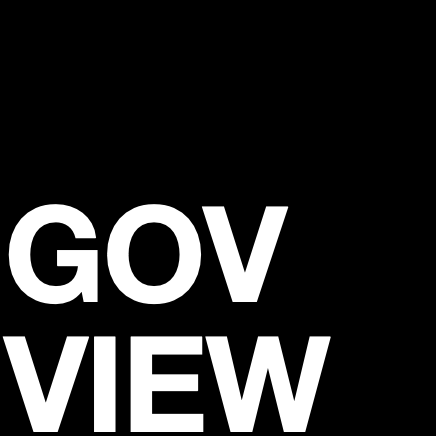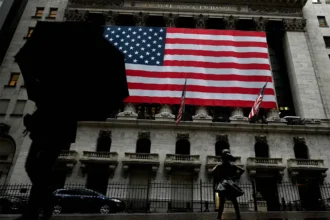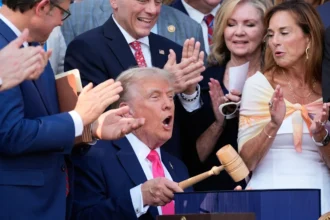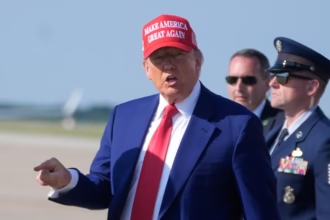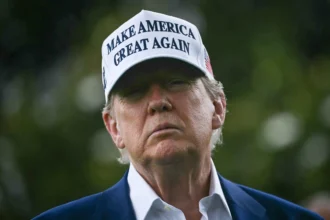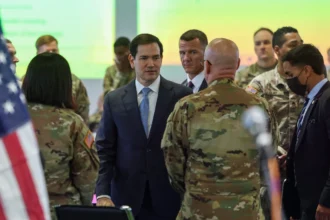The White House has announced plans to provide urgent clarification on gold tariffs after a recent ruling sparked widespread confusion and volatility in global markets. The unexpected decision, which disrupted established trade flows and raised questions about tariff classifications, left traders, refiners, and investors scrambling to interpret the new rules—exacerbating uncertainty in an already volatile commodities landscape.
The Origin of the Confusion
The controversy stems from a ruling issued by the U.S. International Trade Commission (ITC) that reclassified certain categories of imported gold products under a different tariff schedule. This move abruptly increased duties on specific gold forms—such as semi-refined bars and certain industrial-grade gold—without clear guidance on exemptions or enforcement mechanisms.
Market participants had assumed the existing tariff framework, which had been relatively stable for years, would remain in place. The ruling’s ambiguous language, however, led to disparate interpretations by customs officials, resulting in inconsistent application at major U.S. ports of entry. Several gold shipments were delayed or held up pending clarification, pushing prices higher due to tightened supply chains.
Impact on Industry Stakeholders
Gold refiners and jewelers expressed immediate concern over the ruling’s operational impact. Many rely on smooth import flows for semi-processed gold to meet production timelines. “The ruling has thrown a wrench into our supply chain,” said a spokesperson for a major refinery in New York. “We need clear rules so we can plan procurement and production without unexpected tariffs that add cost and delay.”
Commodity traders also felt the shockwaves. The uncertainty surrounding tariffs prompted increased volatility in gold futures and spot prices. With gold being a critical safe-haven asset, investors responded cautiously, monitoring closely for policy updates that might affect global bullion availability.
White House Response and Next Steps
Acknowledging the growing concerns, the White House’s Office of the U.S. Trade Representative (USTR) has pledged to work with the ITC and the Department of Commerce to issue clarifying guidance. This will aim to:
- Define precisely which gold products are subject to the revised tariffs
- Establish a transparent appeals and exemption process for affected importers
- Coordinate with customs agencies to ensure uniform enforcement across ports
Trade experts expect the clarification to include a phased implementation to avoid further disruption, allowing industry players time to adjust contracts and logistics.
Broader Trade and Economic Context
The gold tariff ruling comes amid broader U.S. trade policy efforts aimed at protecting domestic industries while balancing international diplomatic commitments. However, the incident highlights the delicate balance between enforcement and clarity. Overly abrupt policy shifts can trigger unintended consequences, from supply bottlenecks to retaliatory measures by trade partners.
Analysts note that gold’s unique role—not just as a commodity but as a monetary asset—means that tariff policy requires exceptional care. “Tariffs on gold affect not just manufacturers but central banks, investors, and ultimately the broader financial system,” said a senior trade economist.
Looking Forward
The White House’s intervention to clarify the gold tariff ruling is seen as a critical step to stabilize the market and restore confidence among stakeholders. Clear communication and predictable policy are essential for the U.S. to maintain its position as a major player in the global gold trade and to avoid collateral damage to downstream industries reliant on precious metals.
For now, market participants await detailed guidance, hoping for swift resolution to a policy misstep that has rattled an important segment of the commodities market. The incident also serves as a cautionary tale about the importance of stakeholder consultation and precise regulatory language in crafting trade policy.
